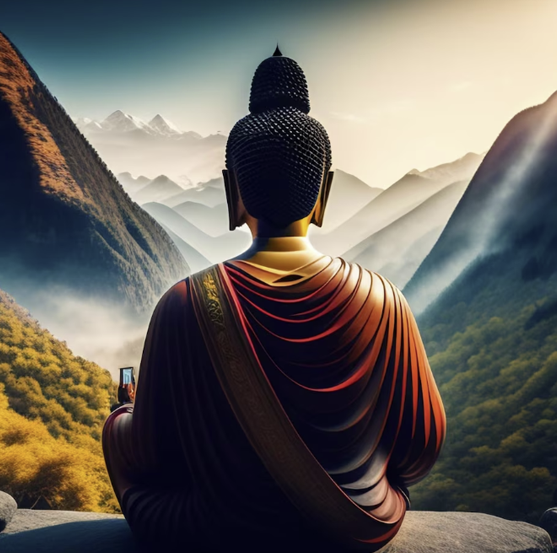The technique of Vipassana is a simple, practical way to achieve
real
peace of mind and to
lead a happy, useful life. Vipassana means "to see things as they really are". It is a
logical process of mental purification through self-observation.
From time to time, we all experience agitation, frustration and disharmony. When we suffer,
we do not keep our misery limited to ourselves; instead, we keep distributing it to others
as well. Enlightened people have therefore advised 'Know thyself', which means not merely
knowing yourself at the intellectual level, or accepting at the emotional or devotional
level, but to experience the truth about yourself, within yourself, at the experiential
level. To achieve this, a technique of Vipassana meditation was taught in India more than
2500 years ago as a universal remedy for universal problems.
Vipassana is one of India’s most ancient meditation techniques. It was rediscovered
2500 years ago by Gotama the Buddha, and is the essence of what he practiced and
taught during his forty-five year ministry. During the Buddha's time, large number
of people in northern India were freed from the bonds of suffering by practicing
Vipassana, allowing them to attain high levels of achievement in all spheres of
life. Over time, the technique spread to the neighbouring countries of Myanmar
(Burma), Sri Lanka, Thailand and others, where it had the same ennobling effect.
Five centuries after the Buddha, the noble heritage of Vipassana had disappeared
from India. The purity of the teaching was lost elsewhere as well. In the country of
Myanmar, however, it was preserved by a chain of devoted teachers. From generation
to generation, over two thousand years, this dedicated lineage transmitted the
technique in its pristine purity. Venerable Ledi Sayadaw reintroduced the technique
of Vipassana meditation to the lay people, which was accessible only to the monks
before. He taught Saya Thetgyi, a layman, who in turn taught Sayagyi U Ba Khin.
